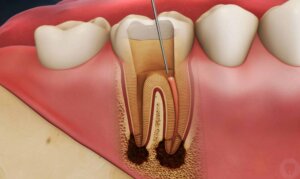
how to sit with piriformis syndrome
Piriformis syndrome is a painful experience. It’s a condition that develops when trauma or pressure is placed on your sciatic nerve.
It starts with a tingling feeling in the buttock area, then steadily works into pain radiating to the hip and down the leg. In most cases, pain will begin to lower the quality of your life.
Sounds miserable, right?
The good news is that triggering this can always be prevented by practicing proper posture. In this article, we’ll go into detail about how to deal with Piriformis syndrome. Read along to learn more!
Avoid Sitting for Prolonged Periods
It is essential to move around frequently and take frequent breaks. Get up and perform exercises that stretch the buttocks muscles and nearby tendons, such as knee-to-chest exercises, hip bridges, and leg lifts. Additionally, sitting in positions that reduce strain on the buttocks area is helpful.
Try sitting on a stability ball, with one leg propped up on a stool, and using an ergonomic chair. Try to limit sitting for periods longer than 30 minutes.
Use a Supportive Seat Cushion
Sitting helps stabilize the affected area, providing support and relief from pain. Find a cushion of a firm material, like memory foam, for best results. Ensure the pillow is thick enough to conform to your body’s unique curves and provide enough support.
Place the cushion behind your back while sitting on it, with the base of the pillow at the small of your back. It will provide additional support and avoid strain on your piriformis muscle.
Adjust the cushion as necessary until you are comfortable. Sit with your legs uncrossed at a 90-degree angle, keeping your feet flat on the floor for a balanced posture. It will help promote movement and reduce the Piriformis syndrome pain.
Sit in a Neutral Position
Your feet should be flat on the floor with your knees bent and your hips at the same height as your knees. Make sure your back is straight, and your shoulders are relaxed. You can use a lumbar support to keep your spine in the correct position. If you want to learn more about standard Piriformis syndrome treatment, you can find additional information at https://apitexas.com/conditions/.
Avoid crossing your legs, as this may add to your discomfort. Place a cushion behind your lower back if needed. Slouching can lead to further pain, so keep your posture straight.
When you’re finished sitting in a neutral position, stand up and stretch to maintain your range of motion.
Learn How to Sit With Piriformis Syndrome Today
Piriformis Syndrome can be painful and disabling, but with patience and persistence, you can find relief. Sitting in a natural position, using a supportive cushion, and other treatments can help ease the tension in the muscle, allowing you to sit and stand comfortably.
An appropriate sitting posture can help reduce the pain even further. Try these tips today and take the first steps to sit with Piriformis syndrome to find relief.
If you find this helpful and want to read more great content, check out our latest blog posts now!








